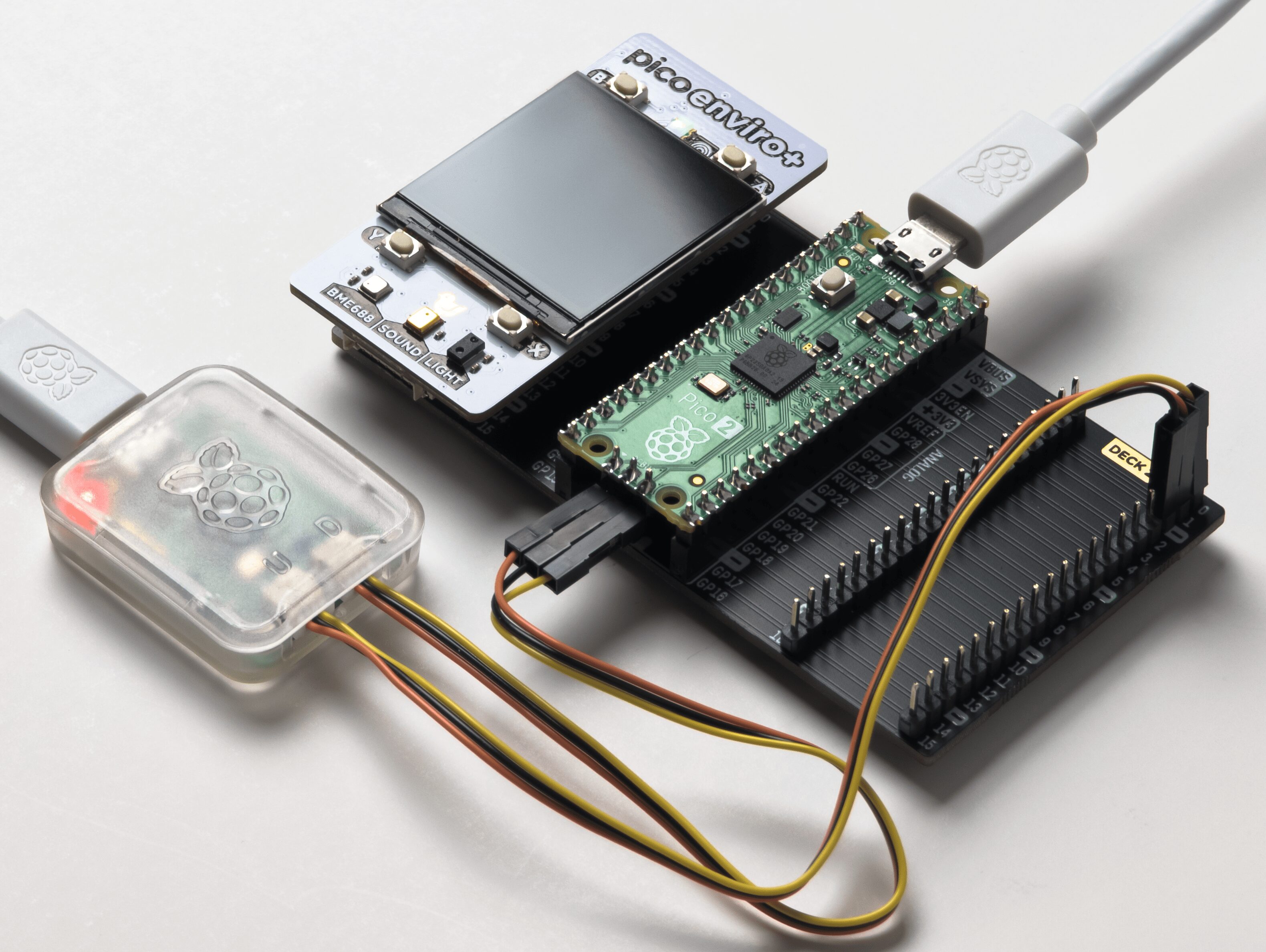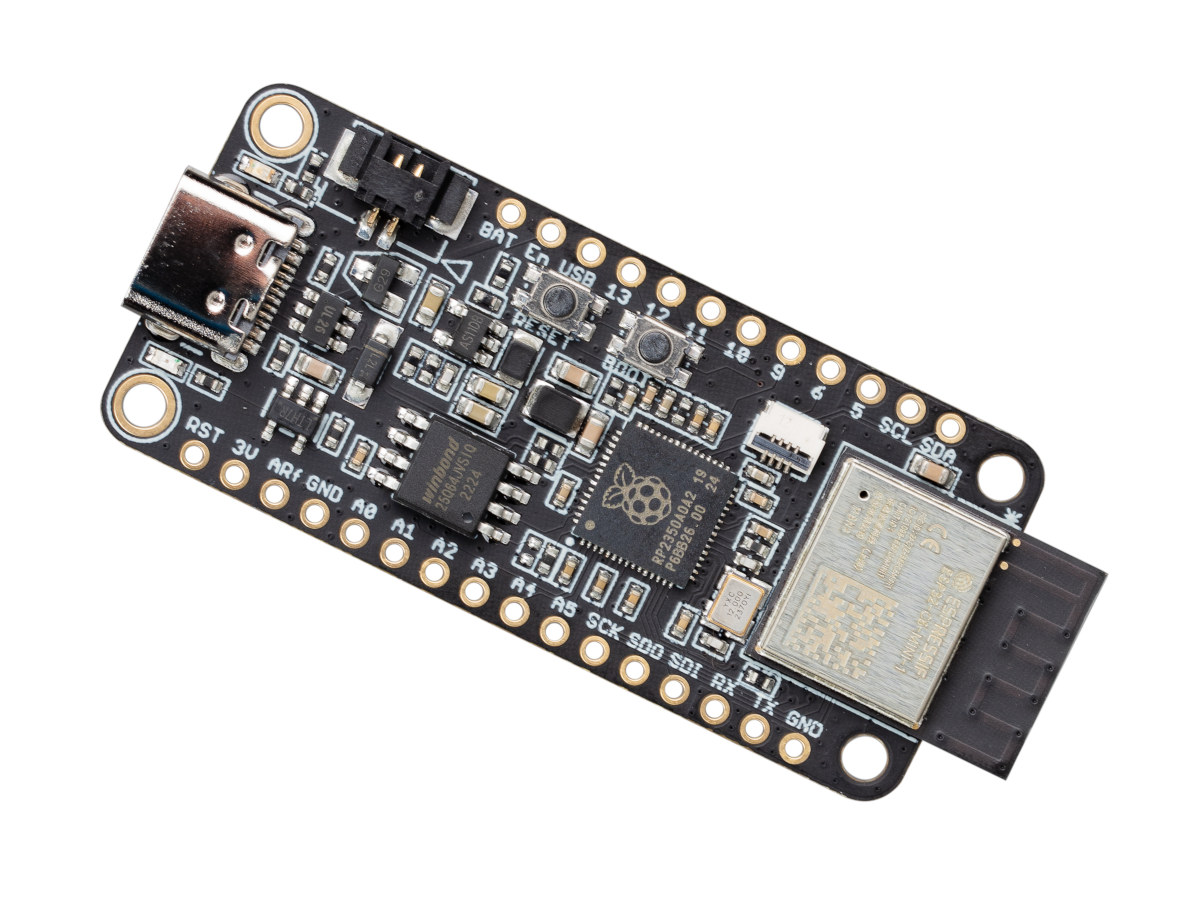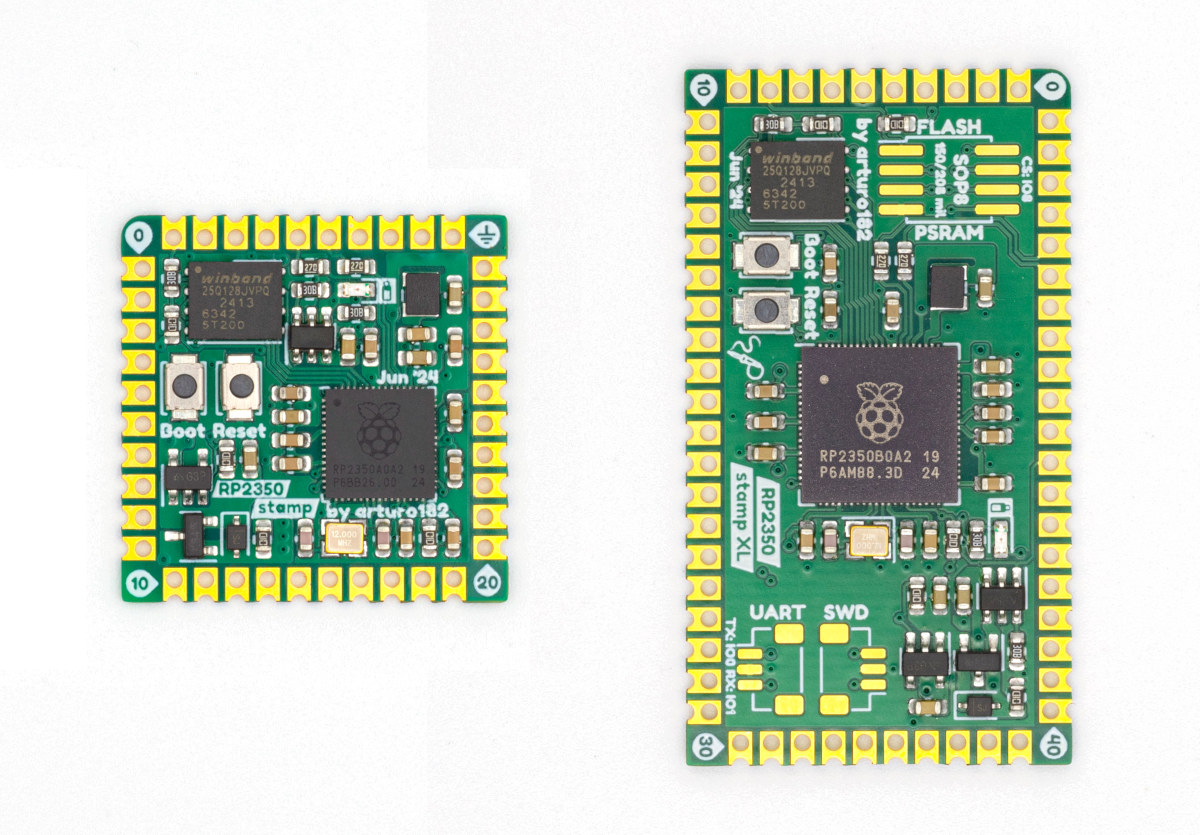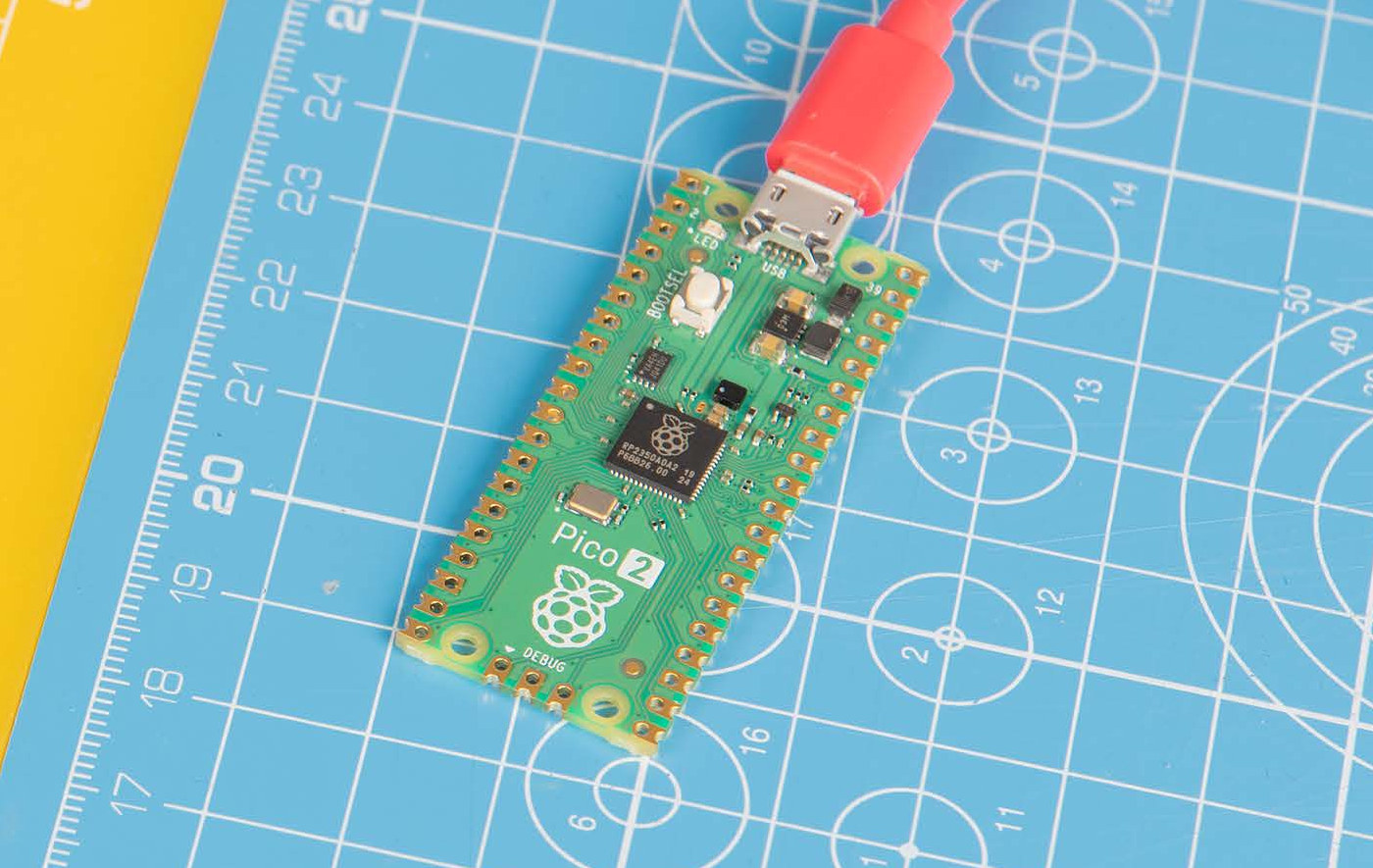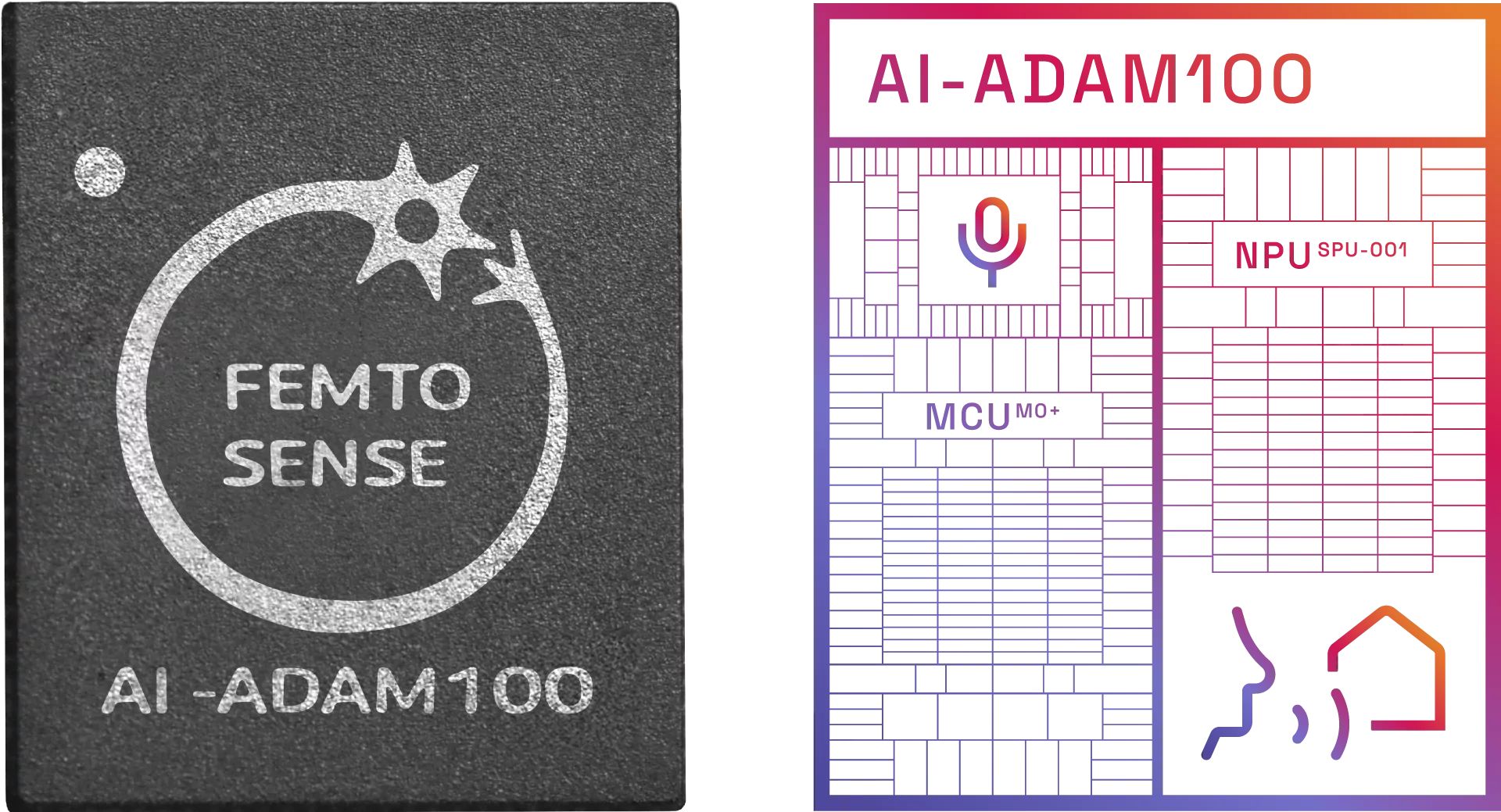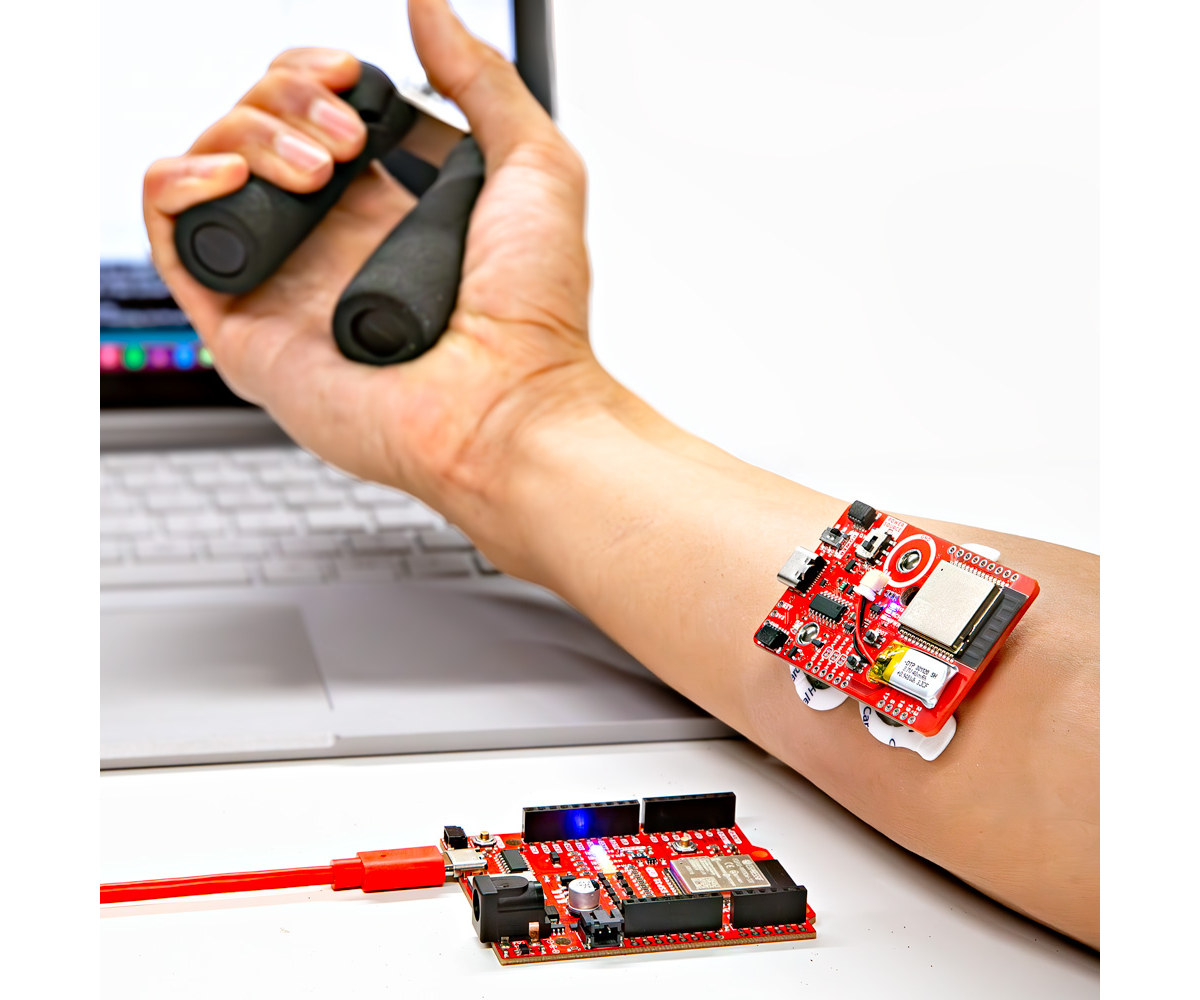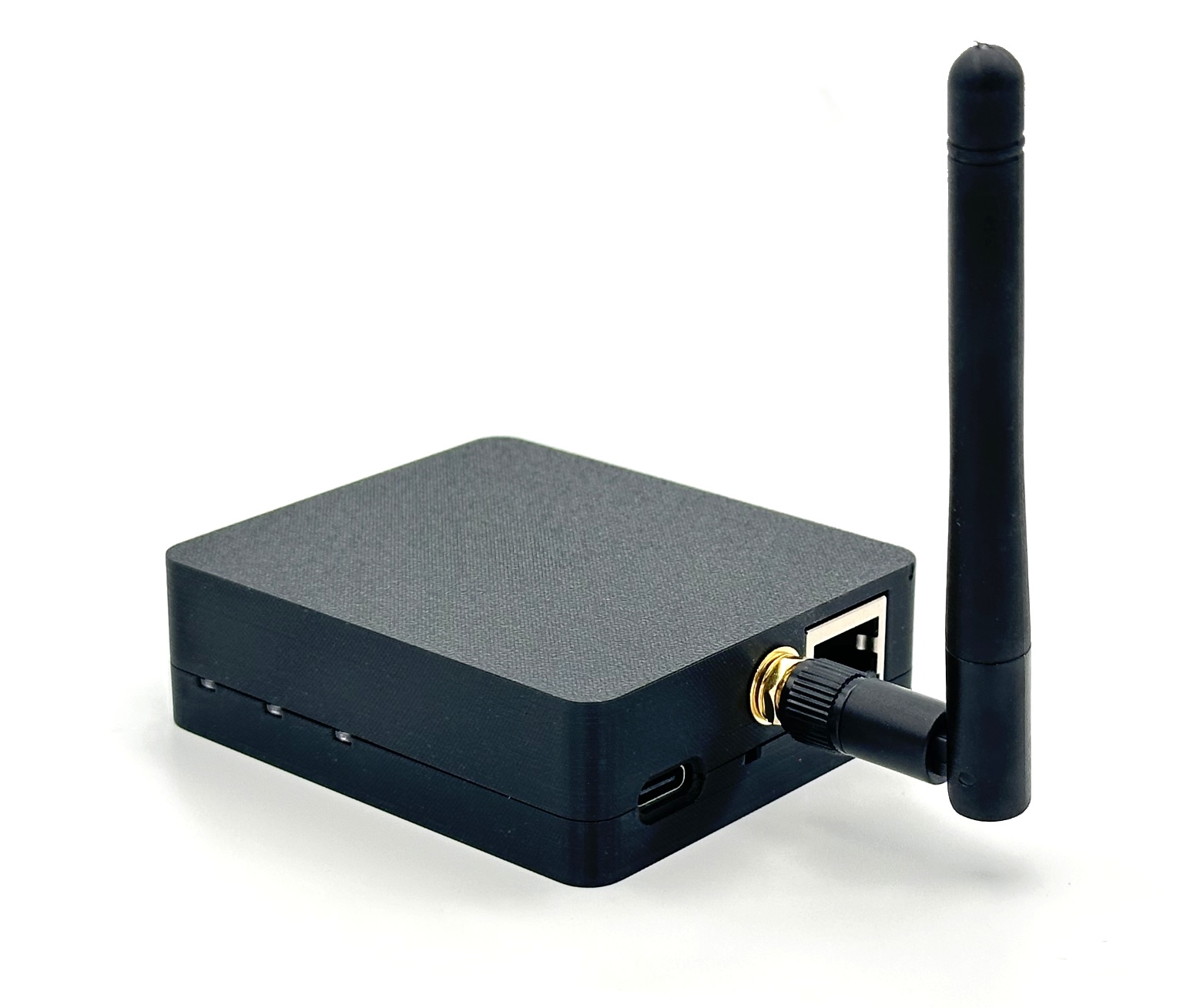Google Pigweed, a collection of open-source libraries for embedded software development, now supports the Raspberry Pi RP2350 MCU and comes as a software development kit (Google Pigweed SDK). These libraries, also called modules, are building blocks that make embedded software development faster and more reliable. It targets tiny 32-bit microcontrollers such as STMicro STM32L452, Nordic Semi nRF52832, and the Raspberry Pi Pico line of microcontrollers. The library components have shipped in Google Pixels, Nest thermostats, robots, satellites, and drones. On August 8, the Pigweed project was released as a software development kit (SDK) in developer preview with official support for Raspberry Pi RP2350 and the associated Pico 2 development board. The new release uses the Bazel build system – a feature upstreamed into the Pico SDK by the Google Pigweed team – and a complete, open-source Clang/LLVM toolchain. The Google Pigweed SDK includes sample code, modules, and a comprehensive tutorial […]
Challenger+ RP2350 WiFi6/BLE5 board combines Raspberry Pi RP2350 MCU with ESP32-C6 WiFi 6 and Bluetooth 5.4 LE module
You don’t need to wait for the Raspberry Pi Pico 2 W to get a Raspberry Pi RP2350 board with WiFi and Bluetooth thanks to the Challenger+ RP2350 WiFi6/BLE5 board that combines an RP2350A microcontroller with an ESP32-C6 module offering 2.4 GHz WiFi 6 and Bluetooth 5.4 LE connectivity. The board follows the Adafruit Feather form factor with 28-pin through holes for I/Os making it compatible with FeatherWings add-on boards. It comes with a USB-C port for power and programming, and a JST connector plus a charging circuit for people wanting to connect a LiPo battery. Challenger+ RP2350 WiFi6/BLE5 specifications: Microcontroller – Raspberry Pi RP2350A MCU CPU Dual-core Arm Cortex-M33 processor @ 150MHz Dual-core 32-bit RISC-V processor @ 150MHz Only two cores can be used at a given time Memory – 520KB internal RAM 8KB OTP Storage Package – QFN-60; 7×7 mm Memory – 8MB PSRAM Storage – 8MB SPI […]
Solder Party’s “RP2350 Stamp” modules features Raspberry Pi RP2350A or RP2350B microcontroller
Solder Party’s RP2350 Stamp is an update to the company’s tiny RP2040 Stamp module based on a Raspberry Pi RP2350A, and they also introduced the RP2350 Stamp XL module that makes use of the extra GPIO pins on the RP2350B, and a “RP2xxx Stamp Carrier XL” carrier board taking either module. RP2350 Stamp and RP2350 Stamp XL The RP2350 Stamp has exactly the same layout as the RP2040 Stamp and mostly benefits from the more powerful Cortex-M33 cores, additional memory, and security features, while the XL variant adds more GPIOs, footprint for a PSRAM chip, as well as UART and SWD connectors. Both come with a 16MB SPI flash for storage. RP2350 Stamp specifications: Microcontroller – Raspberry Pi RP2350A MCU CPU – Dual-core Arm Cortex-M33 processor @ 150MHz Memory – 520KB internal RAM 8KB OTP Storage Package – QFN-60; 7×7 mm Storage – 16MB flash I/Os – All 30x I/Os […]
$5 Raspberry Pi Pico 2 launched with Raspberry Pi RP2350 dual-core RISC-V or Arm Cortex-M33 microcontroller
The Raspberry Pi Pico 2 is an MCU development board based on the new Raspberry Pi RP2350 dual-core RISC-V or dual-core Cortex-M33 microcontroller with 520 KB on-chip SRAM, a 4MB flash, a micro USB port for power and programming and the same GPIO headers as the Raspberry Pi Pico board with an RP2040 dual-core Cortex-M0+ microcontroller with 264KB SRAM. The RP2350 embeds both an open-source Hazard3 RISC-V dual-core CPU and a dual-core Cortex-M33, but only one cluster can be used at a given time. Apart from the faster MCU cores and higher SRAM capacity, the RP2350 is about the same as the RP2040, albeit it also adds one extra PIO block bringing the total to three. One important new feature is built-in security when using Arm Cortex-M33 cores with Trustzone and other security features. Raspberry Pi RP2350 microcontroller Let’s have a closer look at the RP2350 microcontroller, before checking out […]
Femtosense introduces the AI-ADAM-100 system-in-package for affordable, efficient AI-based voice processing on the edge
Femtosense’s newest release, the AI-ADAM-100, combines a low-power Arm Cortex M0+ microcontroller from ABOV Semiconductor with the Femtosense Sparse Processing Unit (SPU), an in-house neural processing unit. This combination powers AI voice processing and cleanup capabilities on edge devices. It leverages sparsity techniques to ensure that models can run on edge devices without intensive processing. Sparsity in AI refers to the presence of zeroes or non-zero values in the matrices and tensors used in machine learning models. No computation is required for these zero weights, heavily reducing processing requirements. The Femtosense AI-ADAM-100 aims to bring voice control to various devices such as home appliances, hearing aids, industrial headsets, and consumer earbuds. These appliances can implement voice user interfaces that allow users to talk naturally in their own words. On-device voice cleanup functionality would reduce infrastructure costs and improve the accuracy of the data sent to the cloud. The Femtosense SiP […]
MyoWare 2.0 Muscle Sensor Wireless Kit targets electromyography (EMG) applications
The MyoWare 2.0 Muscle Sensor Wireless Kit is an Arduino-compatible electromyography (EMG) sensor kit capable of detecting and measuring the electrical signals generated by muscle fibers in the body. The MyoWare 2.0 kit is a collaborative product by SparkFun and Advancer Technologies. The MyoWare 2.0 ecosystem brings several improvements over the previous generation, including a compact design, solderless snap connectors, and an upgraded chipset for improved reliability and performance. It includes shields designed to seamlessly interface with the MyoWare 2.0 Muscle sensor, a wearable, Arduino-compatible EMG sensor. The Muscle Sensor’s wearable design makes it possible to directly attach biomedical sensor pads and add-on shields to the board. It operates on a single-supply voltage between +3.3V to +5V and supports three separate output modes. It analyzes filtered and rectified activity from muscle movement and outputs a signal from 0 to the power source voltage (VIN) that represents the intensity of flex. […]
Zigbee Coordinator CC2652P7 1.0 runs open-source firmware, works with Zigbee2MQTT, Home Assistant, and ioBroker
The cod.m Zigbee Coordinator 1.0 (CZC 1.0) is a hybrid ZigBee coordinator that can be used to connect devices over a network (Ethernet/Wi-Fi) and USB. The ZigBee Coordinator version 1.0 is an upgrade of version 0.2 released in 2022. The CZC 1.0 replaces the Texas Instruments CC2652P2 chip with the much more powerful CC2652P7 chip, uses an ESP32-WROOM-32E module instead of the USR-K6 chip, and adds compatibility with Home Assistant (ZHA integration). It can create a Zigbee network and pair Zigbee devices over Ethernet, WiFi, or Serial (USB). It features the same Texas Instruments CC2652P7 chip as the SMLIGHT line of Zigbee Ethernet/WiFi/USB coordinators and USB dongles. There are two models of the CZC 1.0: a Power over Ethernet model and a model that can only be powered via USB-C. cod.m Zigbee Coordinator specifications: Zigbee SoC – Texas Instruments CC2652P7 Arm Cortex-M4F microcontroller @ 48 MHz with 704 KB flash, […]
Olimex NEO6502 is a W65C02 and Raspberry Pi RP2040-powered retro computer with HDMI, USB, and more
Olimex has recently launched NEO6502 an open-source hardware retro computer designed for educational and entertainment purposes, but that doesn’t mean it can’t be used for retro gaming. The board is very unique as it’s built around a 65C02 MPU and Raspberry Pi Pico RP2040 MCU in a dual-processor configuration. The MOS6502 handles the Apple II, Oric, and Commodore 64 emulators whereas the RP2040 handles everything else including HDMI (DVI) video output using the PicoDVI project. Previously we have written about similar retro computer kits such as the CERBERUS 2100, TinyLlama x86, DevTerm with ClockworkPi v3.14, Olimex AgonLight2, and many others feel free to check those out if you are interested in retro tech with a modern twist. Olimex NEO6502 board specifications Processors Western Design Center W65C02S 8-bit microprocessor @ 6.25 MHz with 64kB RAM, 32kB Graphics RAM Raspberry Pi RP2040 dual-core Cortex-M0+ MCU @ 133 MHz with 264 KB SRAM Storage […]


